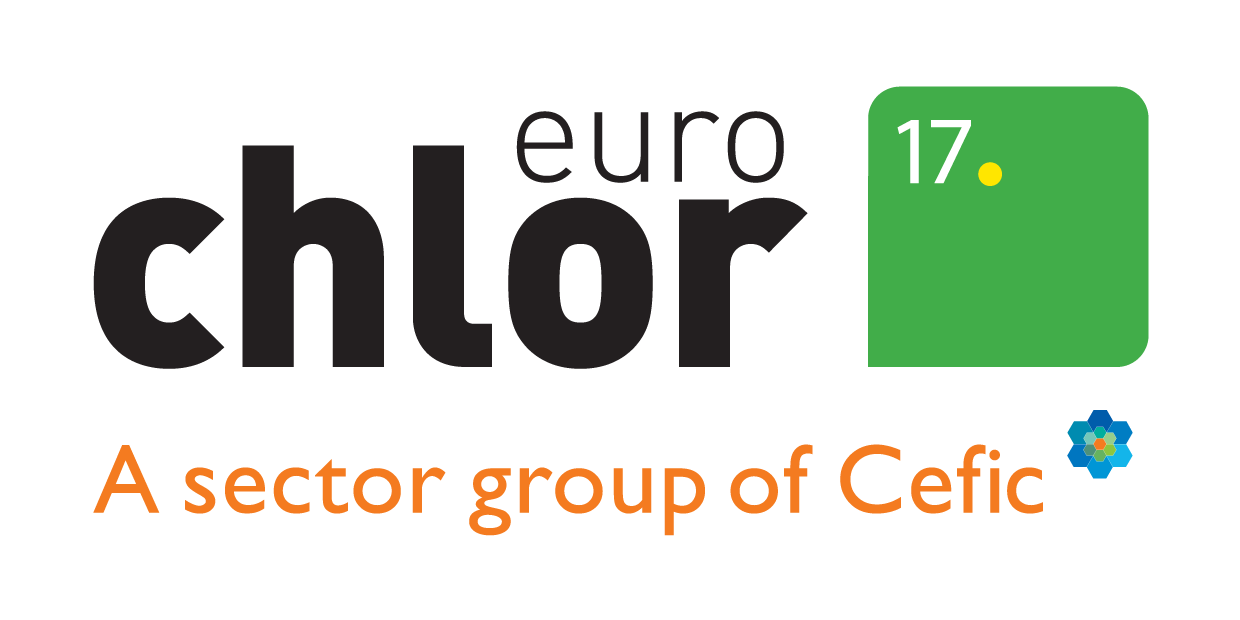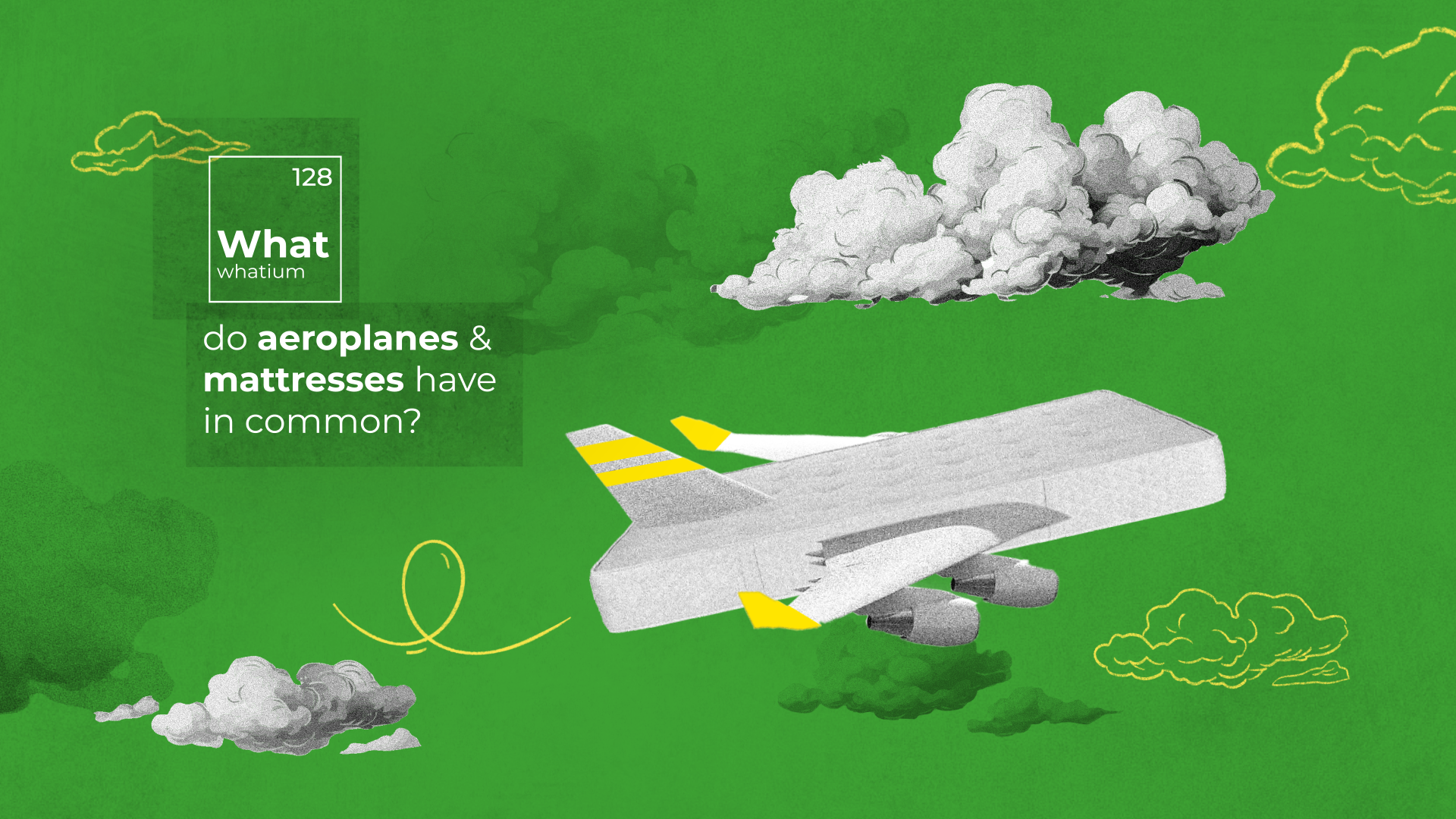What do aeroplanes and mattresses have in common…?
Travelled back home or on holiday by aeroplane?
Chlor-alkali is used to purify metals and create strong materials for planes. Their wings can be made from titanium, whilst other parts of the plane need aluminium. Both of these important metals use chlor-alkali either to purify the metal or to extract it from rocks.
Many other forms of transport use chlor-alkali chemistry too. Polyurethane is a product that can be used to make seats, whilst PVC is another product which makes panels and interiors. Polycarbonate, in turn, makes materials in your car such as headlight covers.
More detailed information here >
And related to this:
Watch our video on how chlorine chemistry keeps us on the move >
Looking forward to a soft mattress to give you a good night’s sleep!
More than 90% of mattresses are made using polyurethane, according to Europur. This soft and comfortable material, made using chlor-alkali chemistry, can even be recycled at the end of its useful life into new products, which reduces its overall carbon footprint.
Polyurethane foams adapt to and support the body’s contours. Memory foam is a popular form of polyurethane, which ensures restful sleep. It is widely used in hospitals, where it helps to prevent pressure sores in people who are bed-bound over long periods of time.
More detailed information here >
And related to this:
Discover more about the miracle of polyurethane mattresses >
Meet Julie, our hotelier who ensures her guests are well rested >
Find out more about the use of polyurethane in furniture >
Chlor-alkali is vital for many products in our daily life.
- Watch all our other Benefits videos from our Benefits homepage…
- Check out our Chlorine Things videos (shown to the left) to learn more about the chlor-alkali products you use every day…
- Learn where chlorine, caustic soda (sodium hydroxide), caustic potash (potassium hydroxide) and hydrogen are used in our ‘trees’…
- Meet Mr C, to see how life has improved since the Stone Age thanks, in part, to chlor-alkali chemistry…
- And discover the 17 successes, Europeans whose work is made safer, easier or more sustainable thanks to chlor-alkali!
- Contact eurochlor@cefic.be for more information

